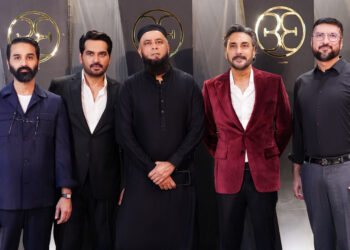Zara Shahjahan is a name synonymous with quality high-end luxury fashion. Recently, we got the exclusive chance to see the entire design process for her upcoming lawn, first-hand at her factory.
The Zara Shahjahan factory is located in the industrial area of Lahore and boasts more than 200 plus workers. Her design team comprises of Zara herself as the Creative Head and CEO, Asim Mehmood [Head Designer], Qanoot [Head of Pret], Mehwish [Coco Head/Assistant Lawn Embroideries], Roma [Head Orders], Waqas [Textile Designer Head], Seher [Designer Pret & Couture], Khushnuma [Artist], Ahsan [Graphic Designer] and Amna [Textile Designer].
As newbies, we were colossally unaware of the process and the diligence that creating a lawn design requires. For us, it was something that every other designer was doing. So how hard could it really be? But honestly, Zara Shahjahan showed us through first-hand experience what it means to conceive and develop lawn and the daunting process that accompanies. We went through the nitty-gritties of the lawn making and trust us, if your read this, you’ll think 30 times before chucking a lawn jora aside without a care.
Here is what we learnt:
Inspiration:
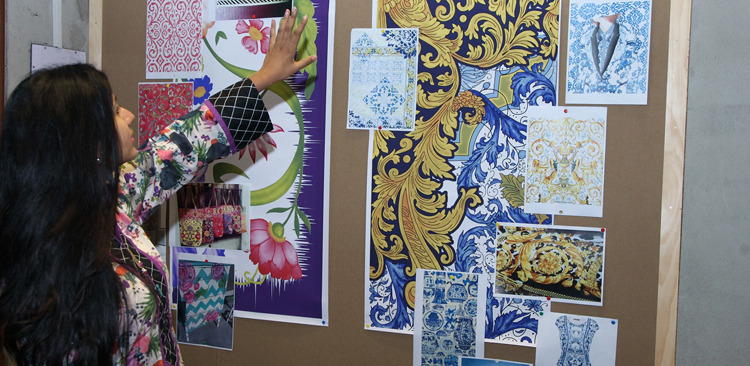
The process begins with an inspiration board. Here, Zara and the team compile a collage of images that have inspired or attracted them and will eventually form the inspiration for each individual design. This could be anything under the sun from chinaware, handbags, shoes, patterns you name it.
Key Motif:

Next up, the artist translates this inspiration board under the designers guidance to develop motifs. This is meticulous work and requires attention to detail as well as incredible aesthetic and skill. In Zara’s case, the artist Khushnuma is a trained fine artist from the National College of Arts who has worked closely with her in developing the key motifs for the Zara Shahjahan Lawn 2015.
Outfit Sketch:

The motifs are then placed on sketch that determines the design/silhouette of the outfit. It gives the team a clear outlook of what the final look will be like including the sleeves, the collar, the borders et al… How the patterns come together and which pieces goes where.
Digital Development:
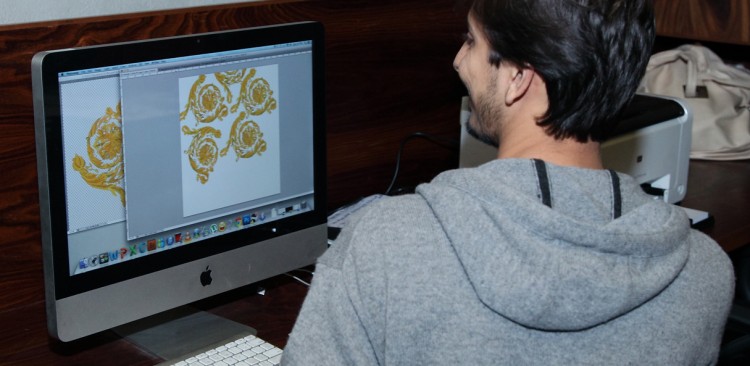
This is the part where the physical design is translated into digital and the colors are corrected, fixed and/or changed to what looks best. Also, the lawn patterns are developed taking the motif forward… The colour variations are also developed at this stage so if you see a design available in three colours at retail, it is done here.
Embroidery Sketches:
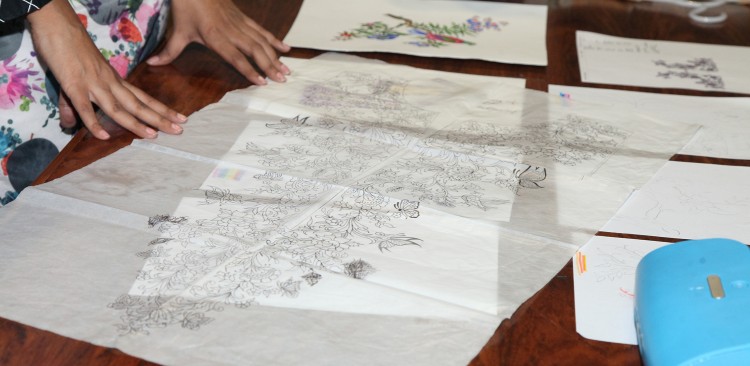
Given the embroidered embellishments are now an integral part of a lawn outfit, an old school ‘khaka maker’ draws out each pattern to the minutest detail. Which is then sent for punching…
Punching:
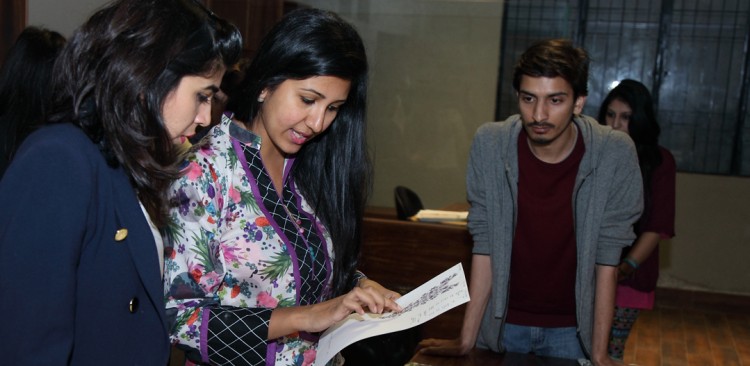
Punching process allows the machines to read the embroidery design and to create and produce embroideries as visualized by the designer.
Print-Outs:
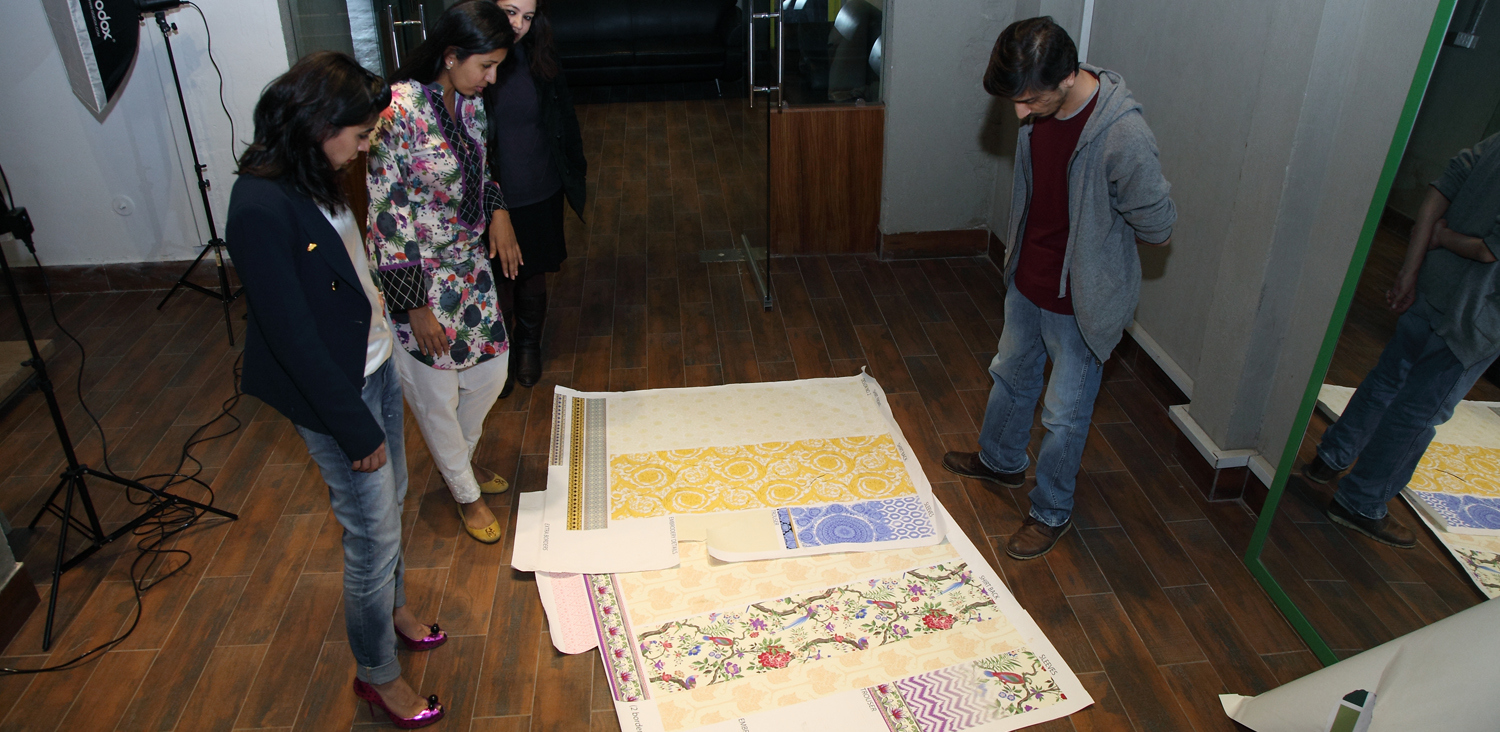
Large prints of the design give the designer a clearer picture of the final outfit before it is sent for printing. These print outs also function as a guide to the printer for colours and motif reference.
Printing/Sampling:
If finalized, the outfit is then sent for a sample print. The sample print is taken to check quality of the cloth and the feel of the design on the actual outfit. If this is also approved then the design goes for mass printing. Your favorite lawn outfit is now ready to be stitched and worn however you like!
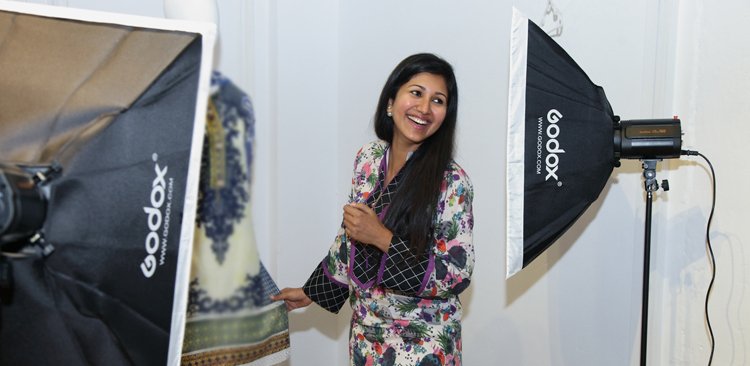
If you didn’t know, The Zara Shahjahan Lawn 2015 will be available mid March.


